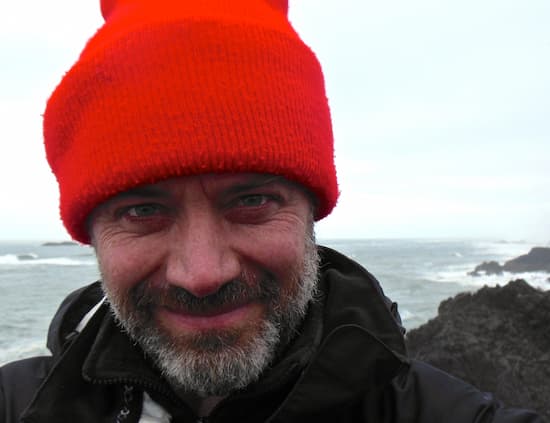What in your life drew you to your current field of study?
A sump-pump well. Really. I grew up in an area where most homes had basements. Basements flood frequently and sump-pumps are household fixtures. More often than not, sump pumps wells have standing water, and where there is water there is life. As a kid, my first time looking through a microscope, some Sears and Roebuck low magnification kit (nothing fancy!), was at a water sample collected from the sump-pump well. I saw ciliated and flagellated protozoa. How could this be? Somehow in this sampling cup of perfectly clear water these creatures thrived, lots of them. Why are there so many, and why are there so many different kinds? I was hooked.
What do you hope your students gain from studying or working with you?
Phytoplankton, while individually undetectable to the naked eye, in aggregate comprise about 50% of Earth’s primary productivity, sustaining life in marine and inland environments. However, not all phytoplankton species are beneficial. Some taxa produce chemicals deleterious to other species, creating bottlenecks in energy flow through food webs. Some are much worse, producing chemicals that are lethal to other organisms resulting in widespread death, killing animals ranging from fish to whales. In the extreme, some phytoplankton taxa kill humans, either slowly through chronic exposure leading to debilitating health issues (e.g., cancers) or quickly through acute exposure to toxins (e.g., respiratory paralysis). The kinds of phytoplankton that prosper are a function of the environmental conditions in which they are found, including inflows, and also on the existing biodiversity. Knowledge of these conditions is key to managing the health of marine and inland environments so that they are productive and life-supporting, especially in a world becoming less predictable with changes in climate. It is this kind of purpose-driven, complex thinking that my students gain from working with me.
What are you passionate about in your personal life?
Travels to exotic locations. This has been the stuff of dreams.
